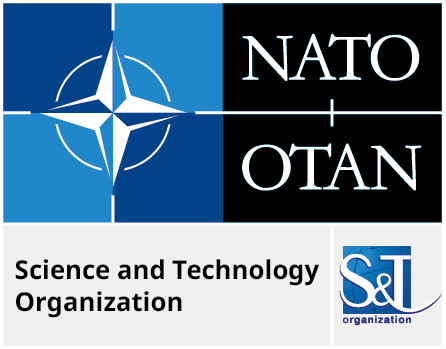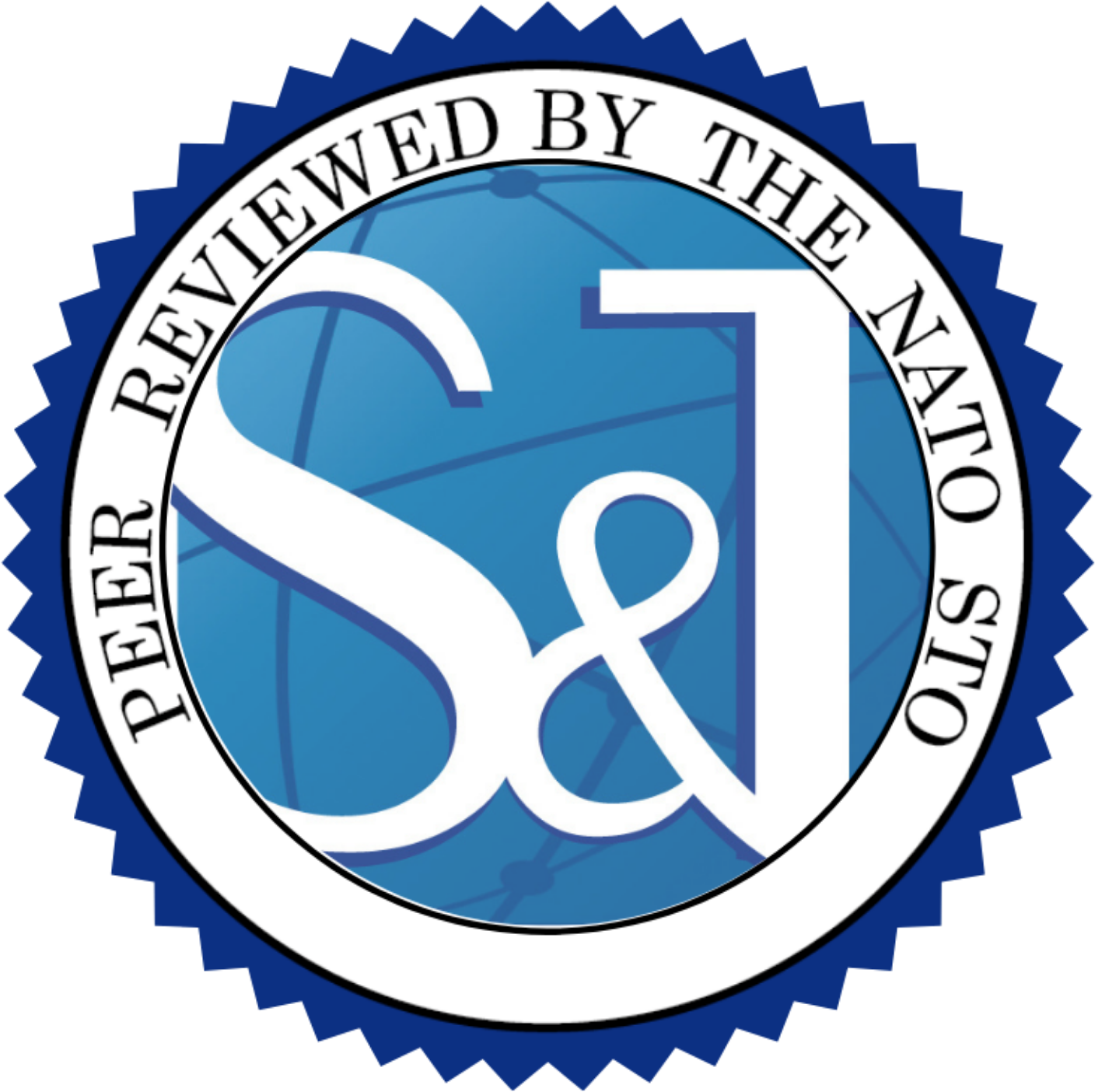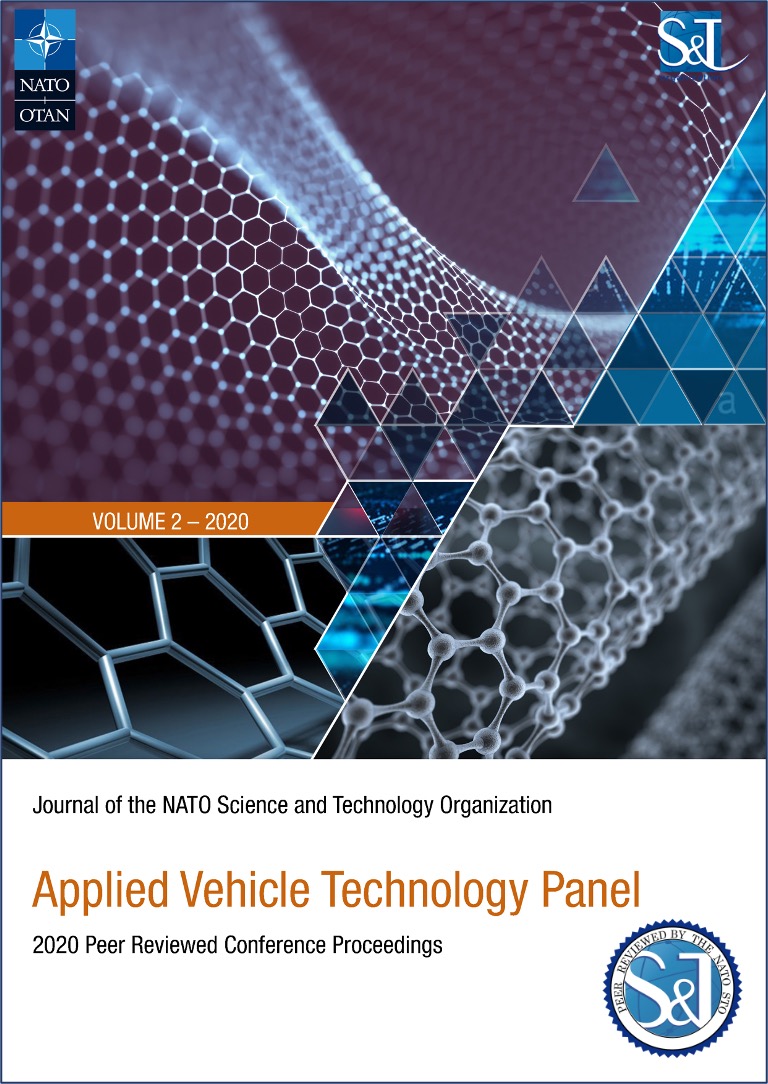Foreword and Editorial
FOREWORD
This first peer reviewed Journal of the NATO Science and Technology Organization, devoted to the topic of the Graphene research and development applications in defence, is a small sample of the intellectual strength and knowledge drawn from the NATO Collaborative S&T community. That community has been active and developing within NATO for more than 70 years, supporting NATO and the Nations in the field of Defence and Security R&D.



